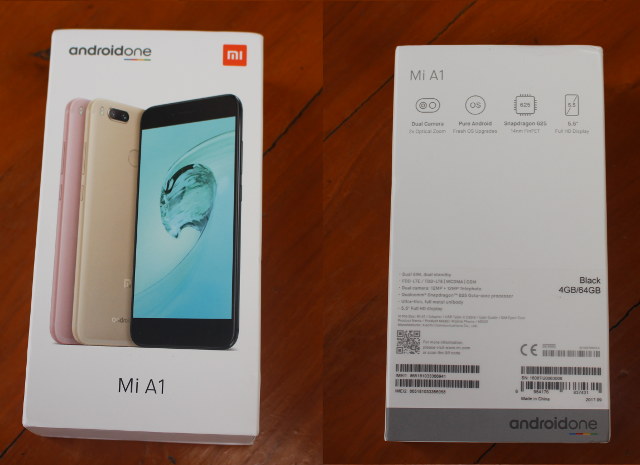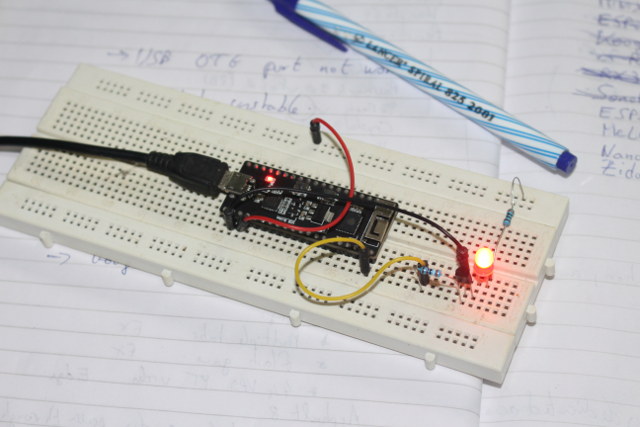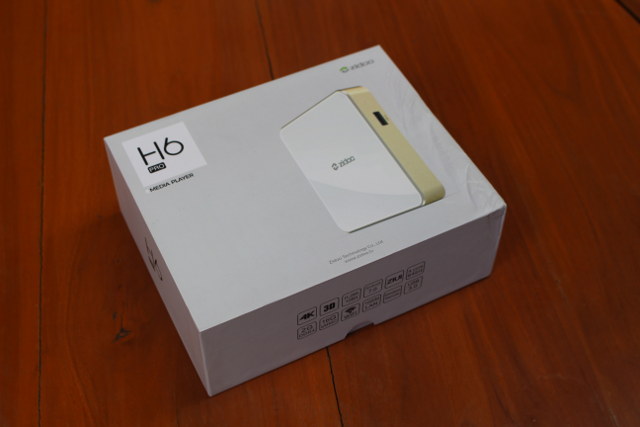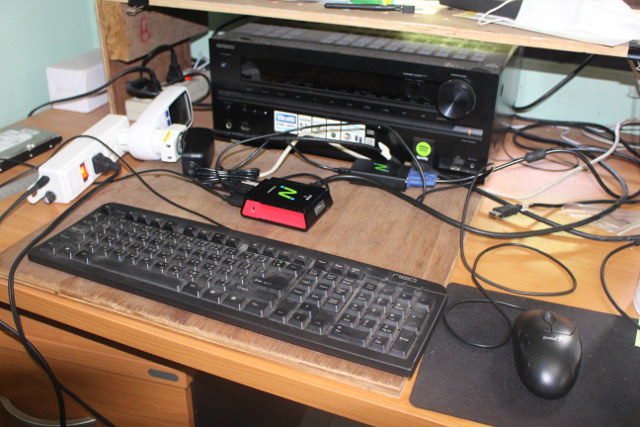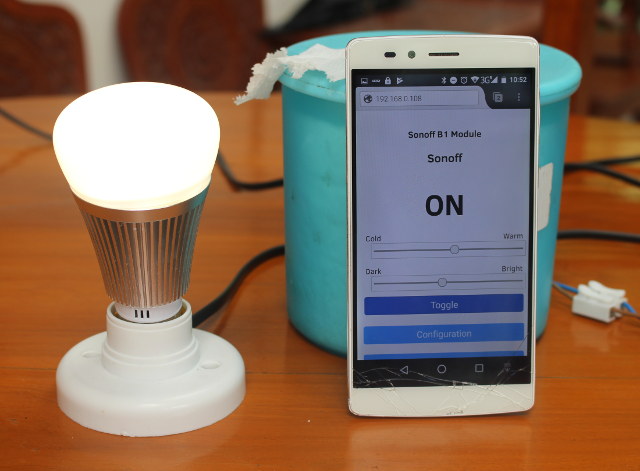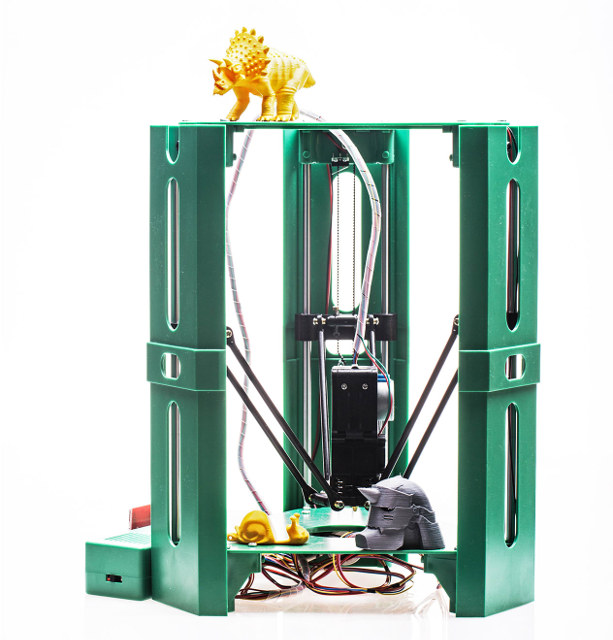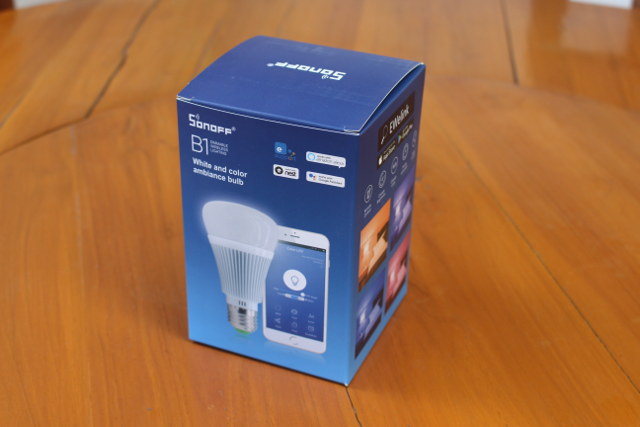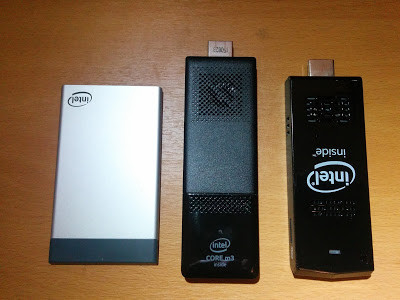Xiaomi Mi A1 hardware specifications are pretty much standard for a mid-range smartphone, except possibly for its dual rear camera, and what makes it stand apart is really Android One program that promises regular firmware update, including to the latest “pure” Android version, during a 2-year period from launch. In my case, the phone is also interesting because so far I had only used smartphones with Mediatek SoCs, and Mi A1 is equipped with a Qualcomm Snapdragon 625 processor. SD625 should be slower than the Mediatek Helio X20 deca-core processor I’ve been using in Vernee Apollo Lite, but I’m curious to find out if some apps have been better optimized for Qualcomm processors. I’ll soon find out as GearBest sent me a review sample.I’ll start with an unboxing and first boot post, before writing the second part of the review in a couple of weeks once I’ve finished testing the […]
Getting Started with MicroPython on ESP32 – Hello World, GPIO, and WiFi
I’ve been playing with several ESP32 boards over the months, and tried several firmware images. I started with a tutorial for Arduino Core on ESP32, a few month later I tested ESP32 JavaScript programming with Espruino on ESPino32 board, and recently Espressif Systems sent me ESP32 PICO core development board powered by their ESP32-PICO-D4 SiP, and while I took some pretty photos, I had not used it so far. So I decided to go with yet another firmware, and this time, I played with MicroPython on ESP32, and will report my experience with basic commands, controlling GPIOs, and WiFi in this getting started post. Flashing Micropython Firmware to ESP32 Board Source code is available on Github, as a fork of MicroPython repo as ESP32 support has not been upstreamed yet. We could built the firmware from source, but there’s also a pre-built binary which you can download on MicroPython website. […]
Zidoo H6 Pro (Allwinner H6) TV Box Review – Part 1: Unboxing & Teardown
Allwinner H6 is a quad core Cortex A53 processor designed for 4K HDR set-top boxes and TV boxes that also comes with high speed interfaces like USB 3.0 and PCIe. While at least one other company is working on an Allwinner H6 development board, Zidoo is the only company that I can find whose made a TV box based on the processor: Zidoo H6 Pro. They’ve just send me a sample from their local supplier for review, and as usual, I’ll start by checking out the hardware inside out, before testing the firmware and multimedia capabilities in the second part of the review in a few weeks. Zidoo H6 Pro Unboxing The company has slightly changed the design of their retail package. It also shows some icons with the main features like 4K, 3D, H.265, 2GB DDR4, Android 7.0 with ZIUI, etc… The box ships with a HDMI cable, a […]
NComputing RX300 Thin Client Review – Part 2: Hardware Setup, Windows Server 2016
Ncomputing RX300 is a thin client based on Raspberry Pi 3 board, allowing to run Windows operating systems on a powerful server with the Raspberry Pi 3 handling the display, audio, and keyboard/mouse inputs. The company sent me a sample for review, and I checked out the hardware and accessories in the first part entitled “NComputing RX300 Thin Client Review – Part 1: Unboxing and Teardown“, so in the post I’ve started the thin client, and connected it to vSpace Pro server. Hardware Setup RX300 uses the same peripherals as any mini PC, so I connected USB keyboard and mouse, an Ethernet cable (WiFi is also possible), and the power adapter. You could also connect other devices, and I added a USB flash drive which, as we’ll see later, will be properly recognized by the server. I was also sent a USB to VGA adapter that you can connect to […]
Review of Sonoff B1 Smart RGB Light Bulb – Part 2: Sonoff-Tasmota Firmware
I’ve already reviewed Sonoff B1 light bulb using the stock firmware combined eWelink app for Android, and as promised in the first part of the review, I’ve also tested the ESP8285 based WiFi light bulb with Sonoff-Tasmota open source firmware, and report my findings in this new post. Before we can play with the new firmware, we need to install it, and I’ve just explained how to upgrade Sonoff devices to Sonoff-Tasmota firmware either using some soldering skills and a USB to serial board, or some network configuration skills and perform an OTA update using ITEAD Studio/eWelink original firmware update mechanism. So for this part of the review, I’ll assume we have just freshly update the light bulb with Sonoff-Tasmota using the binary images released by the developer. First, you’ll need to find the IP address of the light bulb with your router or tools like nmap or arp, and […]
$99 101Hero PYLON is a Poor 3D Printer, But Could Prove Useful to Learning 3D Printing Technology
Anet A8 was one of the first sub $200 3D printer I found last last year, reviews were surprisingly positive. It is now sold for around $150 shipped (with A8PRINT coupon), and experienced reviewers often recommend it to people wanting to get started with 3D printing on a budget. But last week, as I browsed products on Banggood, I found something even cheaper with 101Hero PYLON 3D printer going for $107.99 shipped with coupon 349da5, and further research lead me to the official website where they sell it for $99 excluding shipping, and provide documentation and video tutorials. 101Hero PYLON 3D printer specifications: Printing technology – FDM (Fused deposition modeling) Host Material – Steel + ABS XYZ Bearings – Steel Print Size – 100 x 100mm Layer thickness – 0.1mm Nozzle diameter – 0.4mm Printing material – PLA Material Diameter – 1.75mm Power Supply – 20W Dimensions – 260 x […]
Sonoff B1 Smart Light Bulb Review – Part 1 : eWeLink Android App and Teardown
ITEAD Studio has a popular family of home automation devices call Sonoff with WiFi switches, smart sockets, RF to WiFi bridges and so on. All WiFi devices are based on Espressif ESP8266 or ESP8285, and while the company provide a stock firmware working with eWelink app, at least two communities have formed around Sonoff and other similar devices providing two open source firmware alternatives: ESPurna and Sonoff-Tasmota. The company has sent me Sonoff B1 smart RGB light bulb for review. Today, I’ll check out the light with eWelink app for Android, and do a teardown, before trying one of the open source firmware in the second part of the review. Sonoff B1 Unboxing Some Chinese products come in a blank cardboard boxes, but Sonoff’s light bulb comes with in a nice looking retail package that would look good on store’s shelves. One of the side lists the specifications with an […]
Intel Compute Card and Dock Hands On, Windows 10 and Ubuntu Benchmarks
We’ve recently seen Intel introduced Dock DK132EPJ for their Compute Cards, and released some pricing info. Ian Morrison (Linuxium) got sent a full kit by Intel with the dock and Compute Card CD1M3128MK powered by a dual core / quad Core m3-7Y30 processor with 4GB RAM, 128GB PCIe SSD, and Intel Wireless-AC 8265 module. You can get the full details in Ian’s post, but I’ll provide a summary of the key points here. While the compute card and dock are thinner than most product, the computer card is quite wider than TV sticks, and the dock larger than an Intel NUC. It also comes with a fan, and cooling works well with maximum CPU temperature under being 70°C. The Compute Cards do not come with any operating system, but you get to the BIOS easily, and install Windows or Linux distributions. Ian’s started with Windows 10 Enterprise Evaluation, and ran […]


